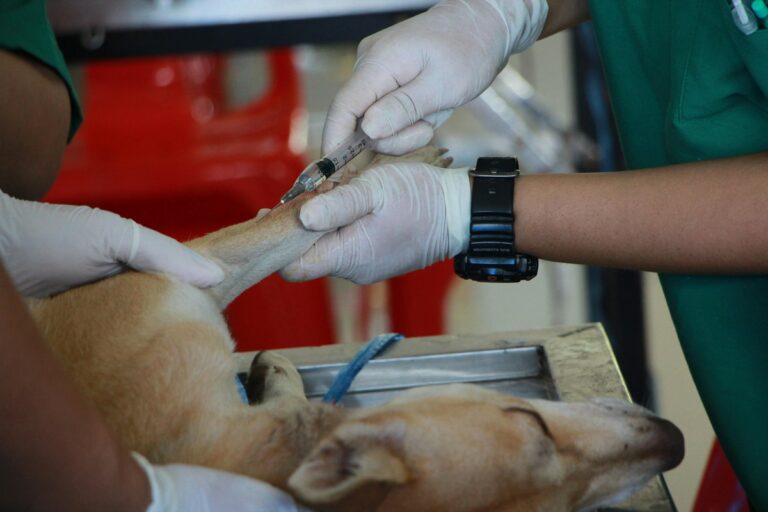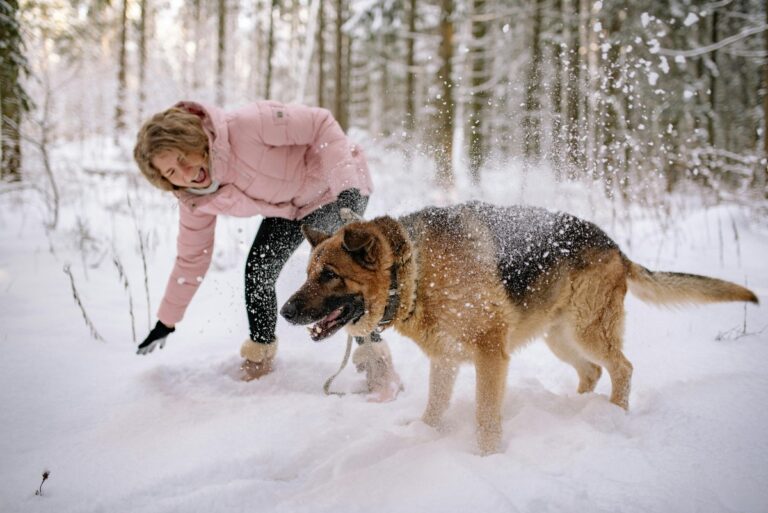10 Cat Breeds That Will Never Get Along With Dogs
While many cats and dogs can learn to coexist peacefully in the same household, some cat breeds have a more independent nature and are often less tolerant of dogs. These breeds tend to have stronger territorial instincts, higher stress levels, or a more aloof demeanor, making them less likely to form bonds with dogs. If you already have a dog and are considering adopting a cat, it’s important to choose a breed that has a higher chance of getting along with your canine companion. Here’s a look at cat breeds that may never get along with dogs.
1. Persian
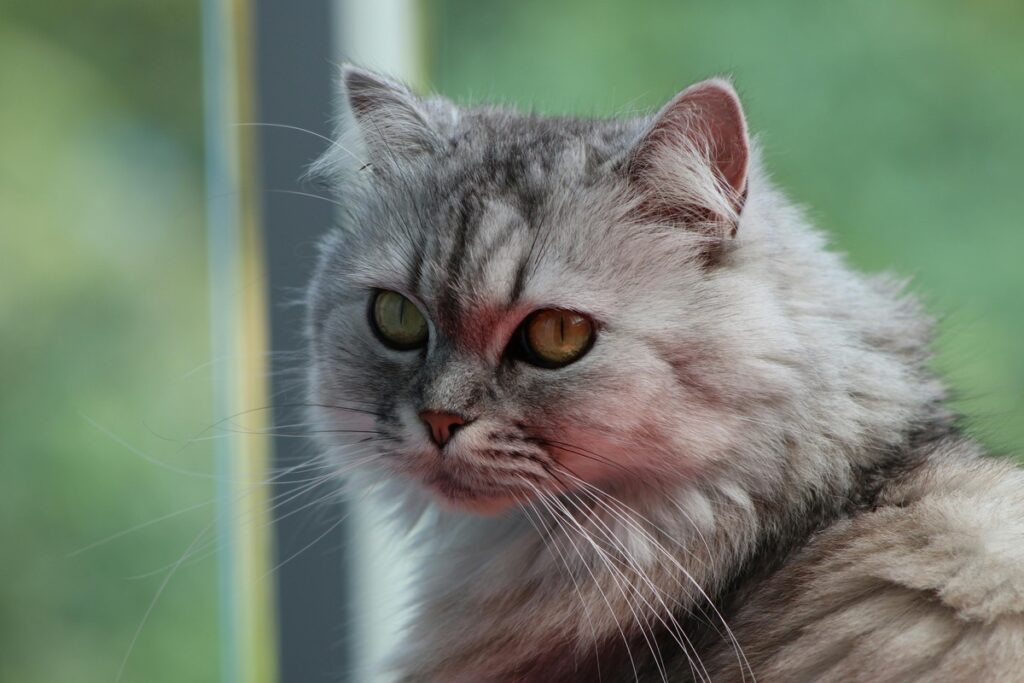
Persian cats are known for their calm and laid-back personalities, often preferring a peaceful, quiet environment. They are not usually inclined to engage in the rambunctious energy that comes with a dog. Persians can be territorial and sensitive, meaning they may not tolerate the presence of a dog that invades their space or engages in play too aggressively. These cats generally prefer to have their own space and may not be eager to share it with a dog.
2. Siberian
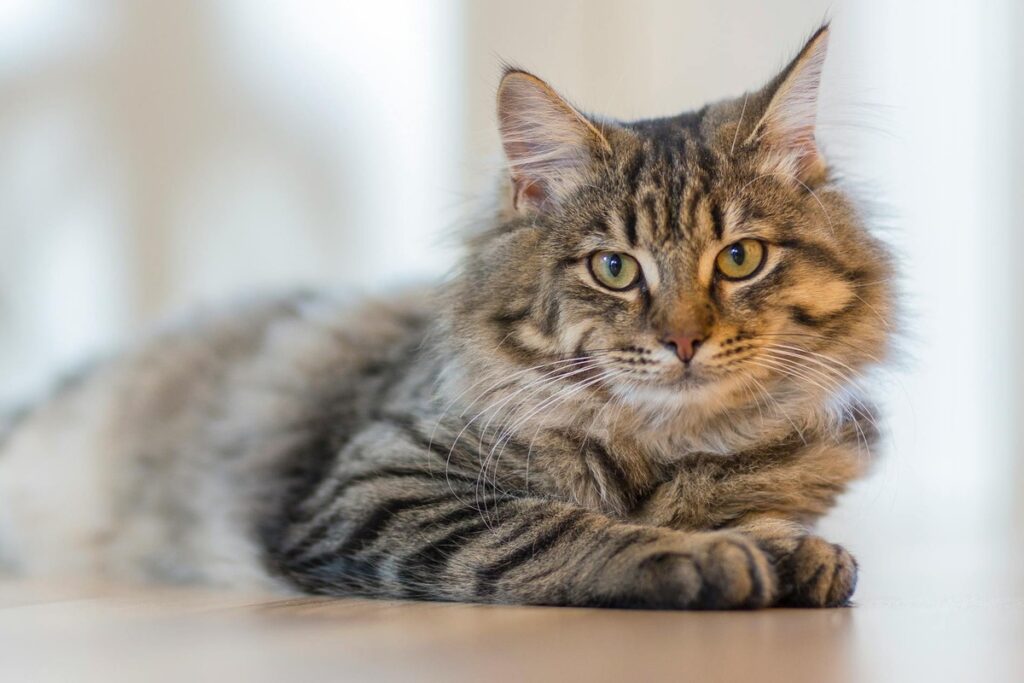
The Siberian is an incredibly independent and strong-willed breed. Although these cats are friendly and affectionate with their human families, they are not particularly fond of dogs. Siberians can be territorial and may view dogs as a threat or intruder. Their high energy and natural hunting instincts make them wary of anything that could be seen as a competitor, including dogs. They may need time to adjust to a dog in the household, and some may never feel entirely comfortable with them.
3. Bengal

Bengal cats are known for their wild appearance and high energy levels. Bred from wild Asian leopards, they have strong prey instincts and can be quite territorial. Bengals are often very active, and their high energy can lead to aggressive behaviors if they are confronted by a dog. They can be unpredictable and skittish around dogs, especially if the dog is larger or more energetic. Their instinct to chase can cause them to view dogs as prey, and this can lead to tension in the household.
4. Ragdoll
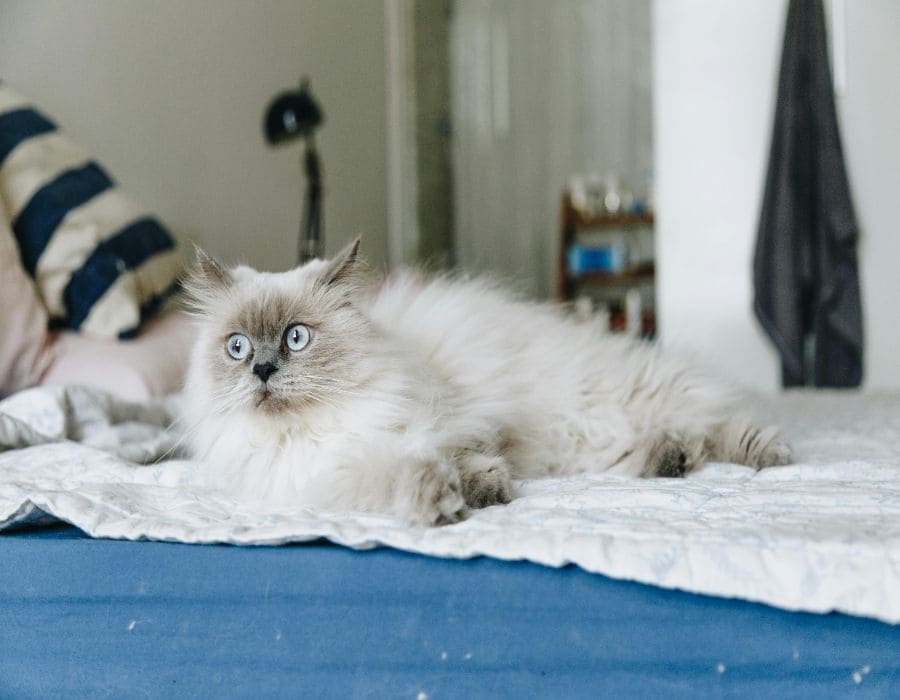
While Ragdolls are often affectionate and friendly with humans, they are generally not as tolerant of other animals, especially dogs. These cats are laid-back but tend to prefer a quiet and predictable environment. They may become easily stressed or frightened by a dog’s high energy or boisterous behavior. Although some Ragdolls may tolerate dogs over time, they are more likely to avoid them altogether, seeking out places to hide when a dog is nearby.
5. Abyssinian
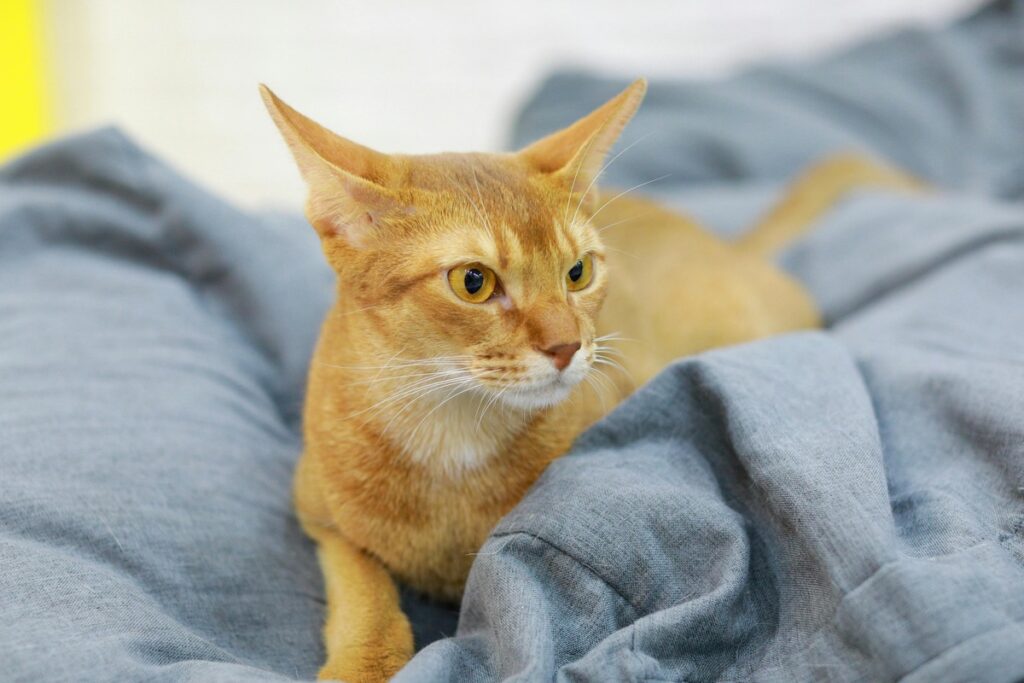
The Abyssinian is one of the most active and curious cat breeds, always on the go and often exploring every corner of their environment. While they are very social and can get along well with other cats and humans, their high energy can make them clash with dogs. Abyssinians have a strong territorial instinct, and their tendency to be assertive and independent can make it difficult for them to share space with dogs, particularly if the dog is dominant or overly playful.
6. Scottish Fold

The Scottish Fold is a calm and affectionate breed, but they are known for being quite sensitive and often prefer a peaceful, predictable environment. Their soft and gentle nature doesn’t typically mesh well with the chaotic behavior that some dogs may bring to the household. The Scottish Fold can be shy and timid, making them more likely to retreat when a dog is around. Dogs with a high energy level can overwhelm this breed, leading to potential tension.
7. Maine Coon

The Maine Coon is one of the largest domesticated cat breeds, known for its gentle and affectionate nature. Despite their friendly disposition, Maine Coons can be territorial and might not always get along with dogs. Their size and strength make them more capable of standing their ground, but they can still become easily frustrated by overly playful or energetic dogs. This breed prefers a more calm and predictable environment, and some Maine Coons may never fully warm up to a dog, particularly if the dog’s energy level is too high.
8. Oriental Shorthair

Oriental Shorthairs are extremely vocal and social cats who form close bonds with their human companions. While they enjoy interacting with their family, they can be quite territorial and don’t always appreciate the presence of dogs. This breed is highly intelligent and can be assertive, which may lead to them feeling threatened by a dog in their territory. Their sensitivity and tendency to be stubborn can make it difficult for them to cohabitate peacefully with dogs.
9. Exotic Shorthair

The Exotic Shorthair is similar in temperament to the Persian cat, but with a shorter coat. These cats are calm and affectionate with their owners, but they don’t appreciate being mistreated or overwhelmed by a dog. Exotic Shorthairs prefer a quiet and relaxed environment, and their laid-back nature doesn’t mesh well with the energetic behavior of most dogs. They can become stressed or anxious when around dogs, leading to potential conflicts.
10. Russian Blue
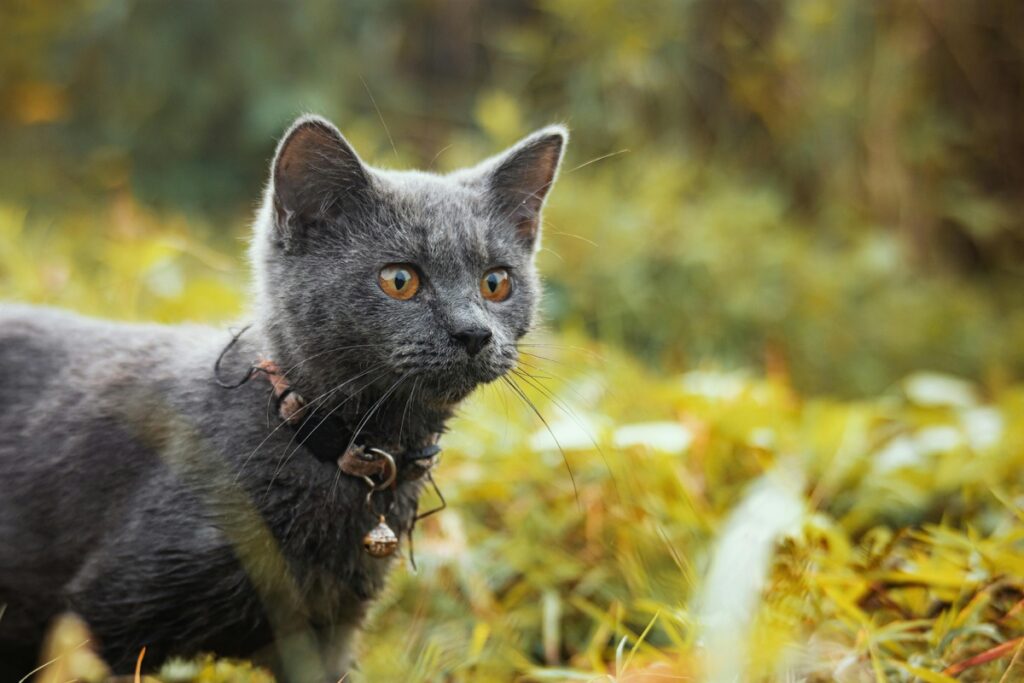
Russian Blue cats are known for their calm and reserved nature. They are highly affectionate toward their owners, but they are also very territorial. This breed prefers to keep to themselves and may feel threatened or anxious around unfamiliar animals. Russian Blues are particularly wary of dogs and may become stressed or aggressive if forced into close proximity with a canine. Their independent nature and preference for a quiet, undisturbed environment make them a poor match for households with active dogs.
Final Thoughts
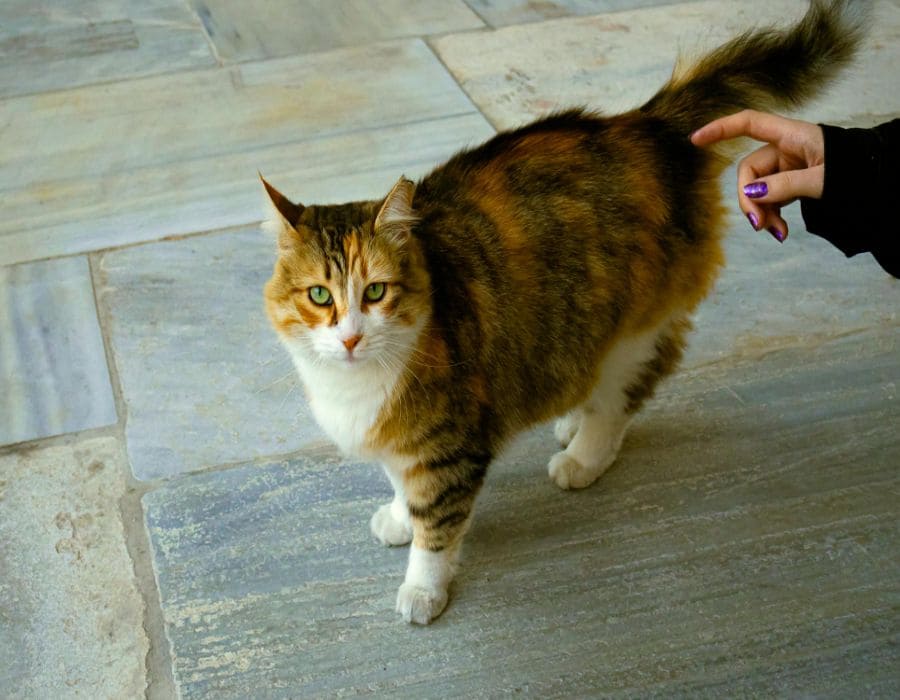
Some cat breeds, due to their territorial instincts, independent personalities, or prey drives, are less likely to get along with dogs. While each individual cat is unique, these breeds may require extra patience, socialization, and a carefully managed environment to coexist peacefully with a dog. If you’re considering bringing a dog into a household with one of these breeds, it’s essential to take extra care in introducing them and monitor their interactions closely. By understanding their temperament and respecting their boundaries, you can help ensure a peaceful and happy coexistence.


